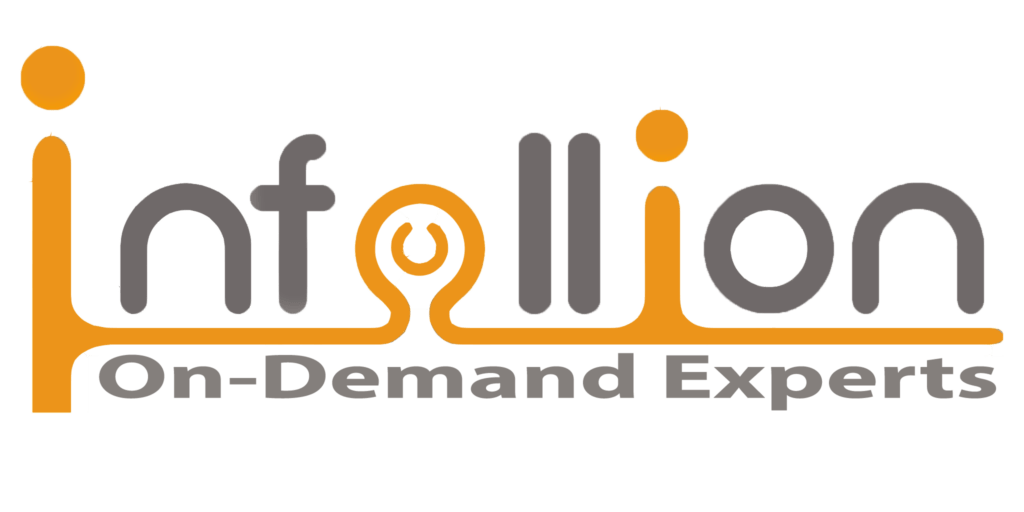Program Overview
This intensive program equips regulatory and quality professionals with deep-domain insights into the DRA (Drug Regulatory Affairs) framework, emphasizing dossier preparation and market-specific regulatory strategies. With a spotlight on the European Union and LATAM regions, participants will gain practical understanding of the Common Technical Document (CTD/eCTD), ICH guidelines, and submission pathways like Centralized and Decentralized procedures. Through real-life case studies, situational analysis, and hands-on simulations, the course helps participants overcome common challenges in dossier lifecycle management and ensures alignment with dynamic global compliance expectations.
Features
- Understand regulatory distinctions and strategic approaches for regulated vs. semi-regulated markets
- Master the structure and compliance essentials of CTD and eCTD dossier submissions
- Apply ICH guidelines and EU/ LATAM-specific regulatory pathways to real-world product scenarios
- Anticipate and mitigate common dossier preparation and lifecycle management challenges
Target audiences
- Regulatory Affairs Professionals
- Quality Assurance/Compliance Officers
- Product Lifecycle Managers
- RA Strategy & Global Submission Teams
Curriculum
- 5 Sections
- 27 Lessons
- 2 Days
Expand all sectionsCollapse all sections
- Understanding the Global DRA Landscape5
- 1.1DRA (Drug Regulatory Affairs) Framework Overview
- 1.2Regulated vs. Semi-Regulated Markets
- 1.3Role of Regulatory Strategy in Product Success
- 1.4Key Terms: Market Authorization (MA), Regulatory Intelligence, Product Lifecycle Management (PLM), Global Submission Strategy
- 1.5Interactive Exercise: Mapping regulated vs. semi-regulated markets on a matrix; discussion on implications of classification
- Navigating Market-Specific Regulations – LATAM & EU Focus7
- 2.1Overview of ANVISA (Brazil), COFEPRIS (Mexico), INVIMA (Colombia)
- 2.2Local agent requirements, dossier translation issues, review timelines
- 2.3EMA vs. National Agencies
- 2.4Regulatory Pathways: Centralized, Decentralized, Mutual Recognition, National
- 2.5Country-specific nuances within the EU bloc
- 2.6Terms & Tools: CEP, ASMF, eCTD Modules, National IRP, Sunset Clause, RMP, SmPC
- 2.7Interactive Case Simulation: chart the most appropriate EU regulatory pathway for a product
- Dossier Development and Submission – Strategic Considerations5
- 3.1CTD vs. eCTD: Format, evolution, Module-wise structure
- 3.2ICH Guidelines Deep Dive: M4Q (Quality), M4S (Safety), M4E (Efficacy)
- 3.3Dossier Lifecycle Topics: Clinical/Non-Clinical Data Inclusion; Variations (Type IA, IB, II), Post-Approval Changes; Stability data, validation, comparability protocols
- 3.4Best Practices: Harmonization, eCTD submission software
- 3.5Real-Life Case Example: How a fragmented non-clinical package delayed EMA approval
- Compliance, Challenges, and Lessons from the Field6
- 4.1Data gaps, inconsistent formatting, mismatch between global & local expectations
- 4.2Responding to deficiency letters (RFI/RMP) efficiently
- 4.3Internal team misalignment in dossier preparation
- 4.4Tools & Terms: Gap Analysis Reports, Regulatory Roadmaps, Readiness Scorecards
- 4.5Case of a rejection in semi-regulated market due to untranslated labeling
- 4.6Lifecycle mismanagement during a variation filing in the EU
- Simulation – Solving a Real-World Dossier Submission Challenge4






